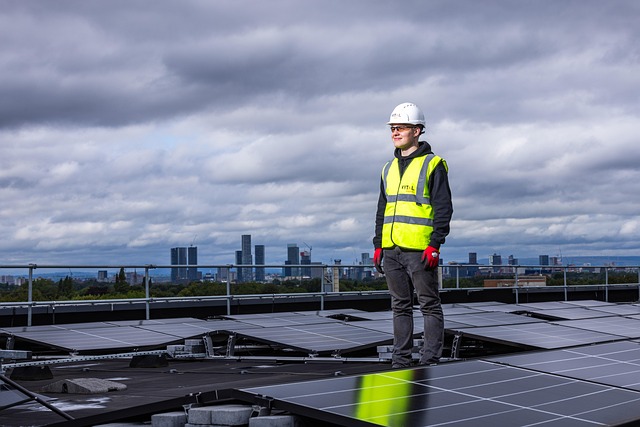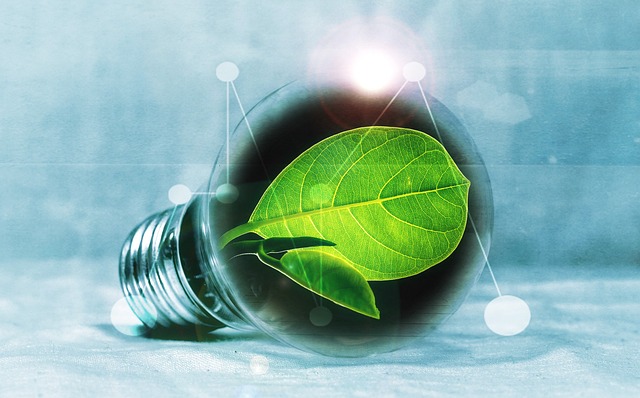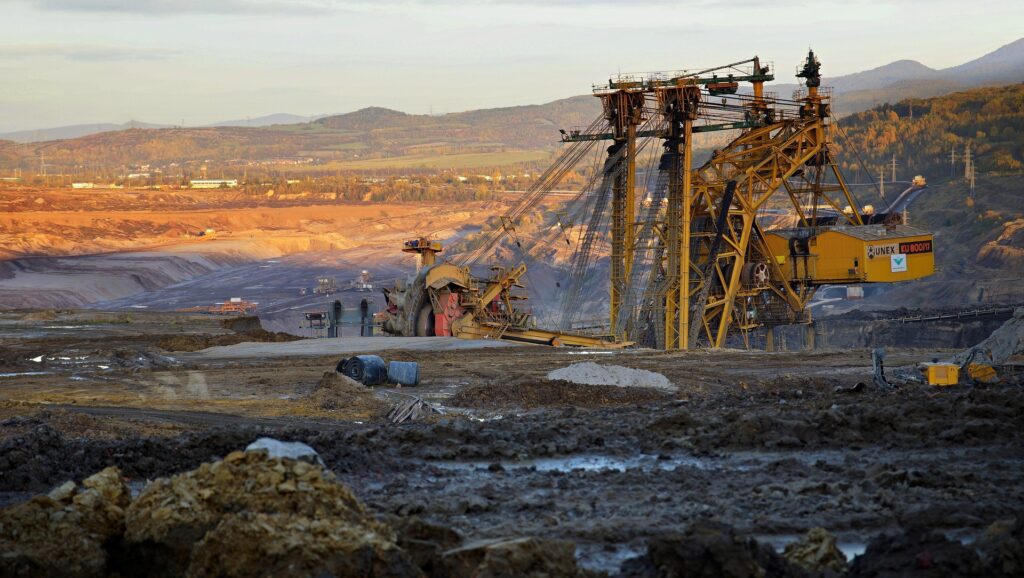As the world faces the pressing challenge of climate change, green energy has become a cornerstone of sustainable development. From powering homes to running industries, the shift toward cleaner alternatives is not just a trend—it’s a necessity.
In this blog, we’ll explore the answers to common questions like “What is meant by green energy?”, “What is considered green energy?”, and “What are examples of green energy?” We’ll also break down the three types of green energy and highlight how working with a green energy company can be a smart, future-forward decision.
What is Meant by Green Energy?
Green energy refers to energy that is produced from natural sources that are renewable and have a minimal impact on the environment. Unlike fossil fuels, green energy doesn’t emit harmful greenhouse gases and doesn’t deplete finite resources. The goal is to create a sustainable energy system that supports both people and the planet.
What is Considered Green Energy?
To qualify as green energy, a source must be:
- Renewable: It must come from sources that naturally replenish, such as sunlight or wind.
- Clean: It should have a low carbon footprint or none at all.
- Environmentally Friendly: It should not harm ecosystems or contribute to pollution.
Some forms of renewable energy, like nuclear or large-scale hydroelectric power, may be renewable but are not always considered “green” due to environmental concerns. Truly green energy is both sustainable and low-impact.
What Are Examples of Green Energy?
Several technologies and sources fall under the green energy umbrella. Here are the most prominent:
- Solar Energy
Captured using solar panels, this energy harnesses the sun’s power to generate electricity or heat. It’s widely available, scalable, and ideal for both residential and commercial use. - Wind Energy
Wind turbines convert kinetic energy from wind into electricity. Onshore and offshore wind farms are increasingly popular, particularly in countries with strong wind currents. - Hydropower (Small-scale)
While large hydroelectric dams can disrupt ecosystems, small-scale hydro systems can be a more sustainable and green option, especially in remote communities. - Geothermal Energy
Tapping into the Earth’s internal heat, geothermal systems provide steady and reliable power, particularly in volcanic or tectonically active regions. - Biomass
Derived from organic materials like wood, agricultural waste, or algae, biomass can be converted into electricity, heat, or biofuel. When sourced sustainably, it’s a viable green energy option.

What Are Three Types of Green Energy?
While there are multiple forms of green energy, three core types dominate today’s clean energy landscape:
- Solar Power – Clean, abundant, and accessible. Perfect for both homes and businesses.
- Wind Power – Highly efficient and growing rapidly in adoption across the globe.
- Geothermal Energy – Reliable, 24/7 power derived from the Earth’s heat.
These types are not only clean but are also supported by technological advancements and falling production costs, making them more accessible than ever before.
Why Work With a Green Energy Company?
Partnering with a green energy company can help individuals and businesses:
- Reduce their carbon footprint
- Lower long-term energy costs
- Gain access to government incentives
- Improve brand reputation (for businesses)
- Future-proof their operations
These companies specialize in the installation, maintenance, and optimization of renewable energy systems. They also help clients transition from fossil fuels to eco-friendly energy sources, often offering energy audits and custom solutions.
How to Choose the Right Green Energy Company
Not all green energy companies are created equal. When choosing one, consider:
- Certifications and credentials
- Track record of projects
- Customer reviews
- Available technologies
- Pricing and financing options
Reputable green energy companies will offer transparent pricing, sustainable sourcing, and strong customer support. Look for providers that align with your environmental and financial goals.
Final Thoughts
Green energy is more than just a buzzword—it’s a solution to one of the biggest challenges of our time. As more people ask, “What is meant by green energy?” and “What are examples of green energy?”, it’s clear that education and action go hand in hand.
Whether you’re looking to install solar panels at home, invest in wind farms, or simply learn more, there’s never been a better time to embrace green energy. And with the right green energy company by your side, the transition is easier than ever.
Also Read:
- Oil and Natural Gas Prices Surge Amid Geopolitical Tensions and US Dollar Decline
- Petroleum: Formation, Types, Uses, and More | 2025
1. What is meant by green energy?
Green energy refers to energy derived from natural, renewable sources that do not harm the environment. It includes solar, wind, geothermal, and other clean energy technologies that reduce greenhouse gas emissions.
2. What is considered green energy?
Green energy includes power sources that are both renewable and environmentally friendly. This typically includes solar, wind, small-scale hydropower, geothermal, and sustainably-sourced biomass. These sources minimize pollution and reduce reliance on fossil fuels.
3. Is nuclear energy considered green energy?
While nuclear energy is low in carbon emissions, it is not typically classified as green energy due to concerns around radioactive waste, mining impact, and potential accidents. However, it is considered a low-carbon energy source.
4. How do green energy companies work?
A green energy company designs, installs, and maintains systems that produce or distribute renewable energy. This can include solar panel installations, wind farm development, or providing renewable energy directly through a utility grid. Some companies also help clients offset their carbon footprints with green energy credits.
5. Are green energy solutions affordable?
Yes. The cost of green energy has fallen dramatically in recent years. Solar and wind are now among the cheapest sources of electricity globally, and many governments offer incentives or rebates to lower the upfront cost. Over time, users often see significant savings on energy bills.



